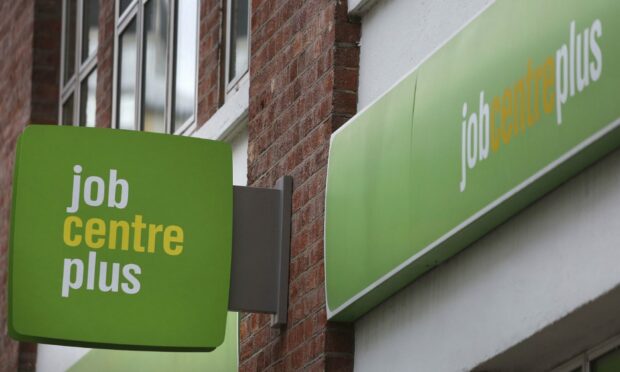Scotland’s jobs market improved last month despite the spread of the Omicron virus and restrictions imposed to prevent its spread.
All regions are now above pre-coronavirus levels but Scotland had the largest percentage increase of payrolled workers in December, the Office for National Statistics (ONS) said. The UK-wide number jumped by a record 184,000 month on month, or 0.6%, to 29.5 million.
The figures also reveal that in the three months to November the UK unemployment rate fell back almost to where it was pre-Covid, to 4.1% from 4.2% in the previous quarter.
In Scotland, unemployment fell faster, down to 0.8% to 3.6% in the same period.
Concerns were raised over the rising number of people in the UK who were counted as economically inactive, which means they are not seeking work.
The figures show there was an increase in the number of people aged over 50 who were inactive due to ill health.
However, in Scotland inactivity declined slightly to 22.1%, although this was still higher than the UK average of 21.3%.
With more people in work, job vacancies reached a new high in the last quarter of 2021, but are growing more slowly than they were last summer, ONS said.
Wages are also struggling to keep up with inflation.
Darren Morgan, ONS director of economic statistics, said: “Following recent rises in inflation, in November real wages fell on the year for the first time since July 2020.”
Martin Beck, chief economic advisor to the EY Item Club, said the 3.8% year on year decline in pay growth on the prior month reflected a “near unwinding of distortions from the furlough scheme”.
However, he added: “This means average pay fell in real terms, an unwelcome development which is likely to worsen over the next few months.”
The tightness of the labour market took some by surprise. The Institute of Directors noted that the Office of Budget Responsibility’s forecast that the unemployment rate would be 4.8% by the end of 2022 was “way off the mark”.
“We expect it to be running at under 4% in the not-too-distant future,” Kitty Ussher, IoD’s chief economist said.
Time to fight inflation
Sekar Indran, senior portfolio manager at Titan Asset Management, said the labour market figures would weigh on the Bank of England’s monetary policy committee (MPC) who must decide if its time to fight inflation with interest rate rises.
He said: “The tightness in UK’s labour market shows few signs of abating which will get the attention of the MPC. With wage pressure building and stricter Covid restrictions looking unlikely, all eyes will be on tomorrow’s CPI print as the BoE laces up its boxing gloves to meet rising inflation expectations fist first.”
